In this online course, you will gain a solid foundation in the methodology, principles and tools needed to be a valuable member of a Lean Six Sigma team. In addition, this course is designed to prepare you for the International Association of Six Sigma Certification (IASSC) Yellow Belt exam.
Highlights:
- 40 practical tutorials.
- Recognize the requirements and application process for Lean Six Sigma certification with internationally recognized accreditation body, IASSC.
- Identify Lean Six Sigma principles and how the Lean and Six Sigma methodologies complement each other.
- Understand the roles, phases, and deliverables of a Lean Six Sigma project.
- Master the Lean Six Sigma fundamentals, including Critical to Quality (CTQ), variation, and process management.
- Build competency in the essential Define, Measure and Control phases.
- Gain knowledge of Basic Six Sigma statistics, including normal distribution, basic graphical analysis and process stability.
- Aligned to the IASSC Lean Six Sigma Yellow Belt Body of Knowledge.
- The only method to earn an IASSC certification is to successfully sit for and pass an official IASSC certification™ exam, which can be taken through IASSC. We do not provide access to IASSC Certification exams.
- Earn 17 PDUs or contact hours toward your Project Management education for certification with PMI.
Once enrolled, our friendly support team is here to help with any course-related inquiries.
Summary
- Skill level: Beginner
- Lessons: 40
- Pre-requisites: None
- Estimated study time: 21h 30m for all materials
- Certificate: Yes
- Accredited by: CPD
- Video duration: 3h 48m
Features
Premium video tutorials
Personalized Learning
Learn at your own pace
Tests and Quizzes
Award winning instructors
Get Certified
Mobile - Learn on the go
Regularly updated content
Accreditations & Approvals
All courses under each learning path are accredited and approved by one or more of the following bodies as is applicable.

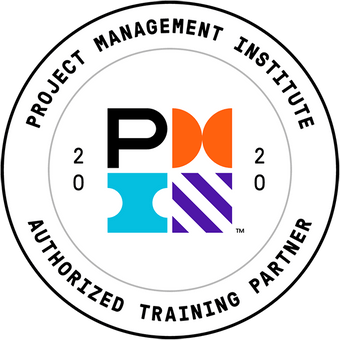

Instructors
All courses are taught by reputed trainers with relevant accreditations and industry experience.
Modules
History of Continuous Improvement
Lean Six Sigma is a proven business process improvement methodology that builds on the best practices and experiences of earlier approaches. It combines best practices around customer focus, empowered teams, process definition, and data analysis.
Six Sigma Principles
Lean Principles
Lean and Six Sigma
Lean and Six Sigma are easily blended. They have many similarities in methodology – process focused, team based, and project management. The differences, analyzing quality data versus flow data, are complementary and together provide a balanced view of the process.
IASSC Testing Approach
IASSC Yellow Belt
The IASSC Yellow Belt certification focuses on the Define, Measure, and Control phases of a Lean Six Sigma Project.
Roles and Responsibilities
Project Phases
The Lean Six Sigma methodology relies on a five-phased project management methodology. The phases Define, Measure, Analyze, Improve, and Control provide structure to the project.
Project Deliverables
Project Charter & Business Case
The Lean Six Sigma methodology encourages the use of a project charter and the creation of a business case to set boundaries on the project and to manage stakeholder expectations.
Critical To Quality (CTQ)
Variation
Elements of Waste
Waste can take many forms including high costs, delayed timing, rework, redundant work and idle processes. One of the primary goals of a Lean Six Sigma project is to identify areas of process waste and eliminating or reducing those sources of waste.
Y=F(x)
Process Management
Lean Six Sigma Metrics
Project Selection
One of the decisions that must be made during the Define Phase is the selection of the project and its boundaries. Lean Six Sigma projects are often part of a portfolio of projects that may be selected and approved as a bundle.
Pareto Principle
The Pareto principle is a widely accepted technique for prioritizing effort and activity. The Pareto principle will typically be applied in every phase of a Lean Six Sigma project, including this initial Define phase where it is used to prioritize the areas of focus for the project.
Voice of the Customer
Lean Six Sigma methodology is grounded on the voice of the customer. The Define phase collects and assesses information concerning the customer perspective and uses it to focus the project activities.
Cost of Poor Quality (COPQ)
Process Mapping
In order to improve process performance, the Lean Six Sigma project team must understand the current state of the process. Process Mapping is the technique for describing the process and providing a framework for collecting process data.
Lean Value
Lean Six Sigma projects apply the Lean principle of value-added effort in the definition of the project and when identifying the opportunity for improvement.
Problem Statement
The problem statement clarifies the goals and activities of the Lean Six Sigma project by specifying the issue to be resolved. It’s an excellent communication tool for the team to use with stakeholders.
Problem Definition Tools
Data Types
There are two types of data: variable and attribute. Both types are useful in measuring process performance by analyzing process problems, but they need to be treated differently.
Measurement Systems
Measurement Errors
X/Y Matrix
The X/Y matrix is a tool that maps the Voice of Customer needs and concerns onto the process steps and inputs. This tool can take on several different formats, but any of them will provide the Lean Six Sigma team with insight as to the contributing factors of customer value.
FMEA Principles
The Failure Mode Effects Analysis (FMEA) tool highlights areas of high product design or process execution risk. This tool provides insight into possible causes for observed failures.
Value Stream Mapping
Descriptive Statistics
Normal Distribution
The normal distribution charts the type of variability in a process parameter that is being measured when the only cause for variation is natural random physical effects. It’s the desired distribution when improving a process since it delivers a predictable level of process performance.
Basic Graphical Analysis
Process Stability
Run Chart
Process Capability Principles
Cost – Benefit Analysis
Control Plan
Response Plan
A key element of the control plan is the response plan. It tells the process operators what to do when the process begins to deviate from the parameters laid out in the control plan.
Prevention as Control
Target Audience
- Graduates exploring placement in the entry-level Lean Six Sigma positions across industries
- Professionals needing upskilling to be future-ready or become more productive in their current roles
- Experienced individuals exploring Lean Six Sigma – Yellow Belt.
How do I Access The Program
- Buy the course online
- Save your payment transaction receipt for any future reference
- Our team will share the credentials to enable you access your course online within 2 business days of payment transfer
Bulk Orders
Incase you are looking for bulk user licenses, or customized Learning Paths for various Job Roles, reach out to us with your detailed requirements.
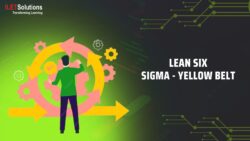
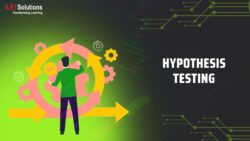
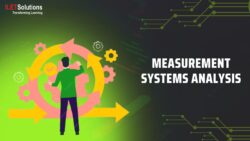
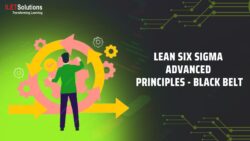
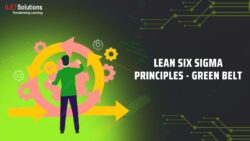
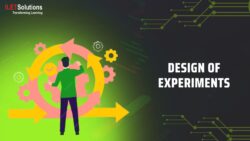
Reviews
There are no reviews yet.